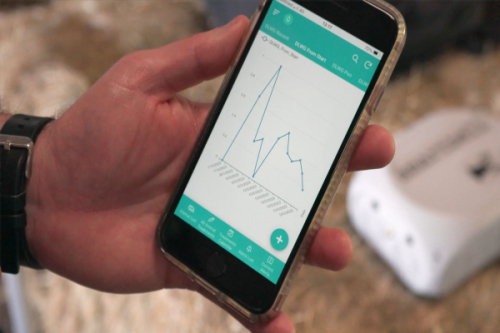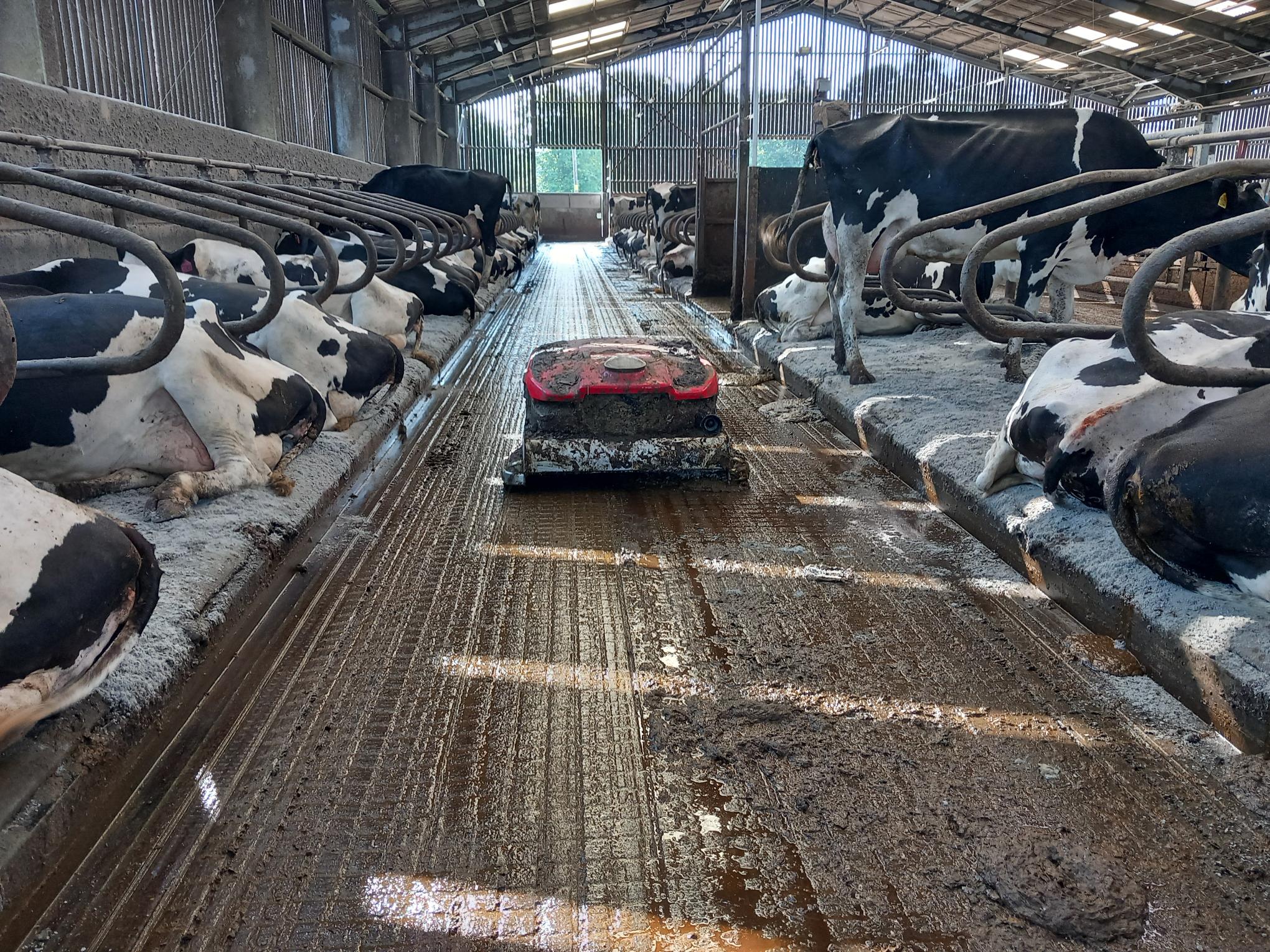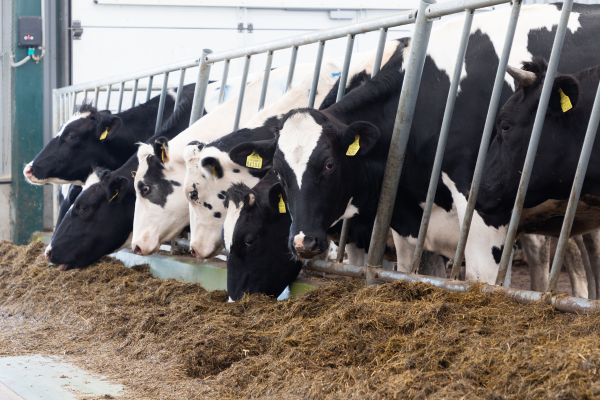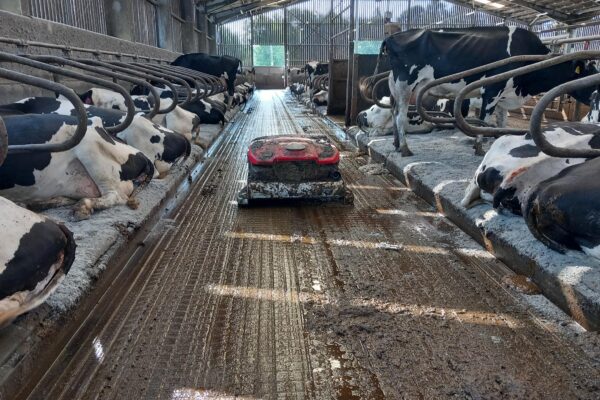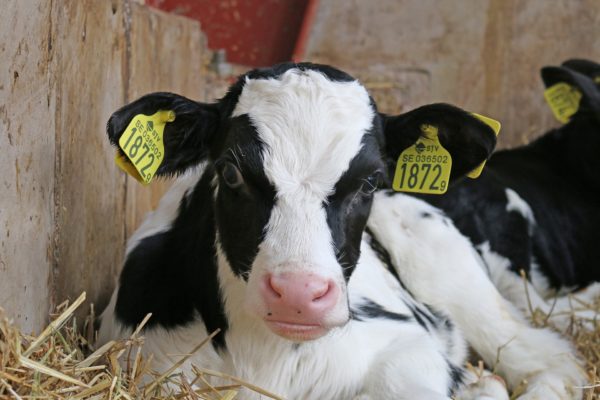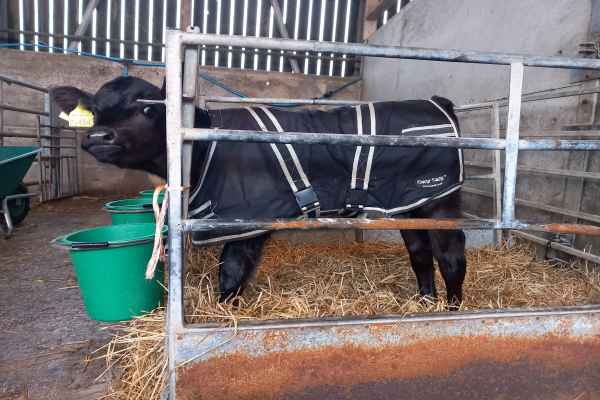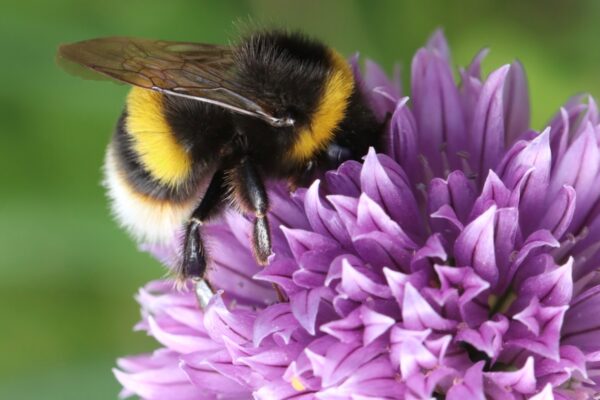Business and Policy November 2025: Sector Focus – Dairy Technology – Where can it benefit your business?
31 October 2025With reliable, experienced labour on dairy farms costly and difficult to find; what is the alternative? While there are many tasks in dairy farming that require a high level of stockmanship and cannot be replaced by technology; there are technologies available that can offer huge savings in labour, as well as improved efficiency, animal health, welfare and productivity. However, how do you know if the level of investment necessary can be justified for your business?
Although we have all admired or dreamed of new shiny pieces of kit, to make sure your investment will benefit productivity and profitability on your farm, the following factors should be considered:
- Work out the cost-benefit and whether the technology is aligned with your performance goals and operational needs. It is worth also calculating the break-even point and the length of time it takes for the improved returns to cover the initial and on-going costs, helping to clarify whether the investment is viable. Don’t forget to include training and maintenance costs.
- What is the return on investment, taking into account all related costs and likely returns? Also, how will the investment affect cash flow, and how will that impact on the financial stability of the business? This is an important consideration and should be based on market returns – when is the right time to invest?
- Are there any risks with the technology including market changes, and are there steps you can take to mitigate them?
- Is the technology scalable and flexible to grow with the farm’s future goals and to weather potential changes that may come within the industry?
- How good is the back up? Technical support and access to local support may be essential depending on the technology. Also important, is user friendliness and whether the technology can link to existing farm management software, if relevant.
- Getting buy-in from all those involved in using the technology, i.e. not just family members and employees, but consultants and vets to make sure it meets the needs of the farm.
- And finally, it is important to investigate funding options/government grants and whether there are any implications on tax and tax benefits? The cost of the technology may be tax deductible and could reduce your taxable income in the short-term. However, if the technology improves efficiency and results in higher income, you may, in the long run end up paying more tax.
Where can technology benefit your business?
Labour Savings
While, with less labour around, robot feed and slurry pushers and robotic milking systems (which now account for a high percentage of new milking installations) are a no-brainer from a labour saving/work: life balance perspective. However, there is more to think about than how to afford them. Unless you are building a new dairy complex, it is likely you will have to make modifications to your existing infrastructure which comes at an added cost.
It is also good to know that feed and slurry robots can ‘escape’ from shed bounidaries, so plan ahead, so that you don’t waste precious time trying to track them down.
Health Benefits
While labour savings can be significant, it is important to take into consideration all the benefits when investing in technology and the returns from improved herd health.
For example, slurry robots can contribute towards lower lameness, with less digital dermatitis on the back of cleaner feet and lower cell counts and lower levels of mastitis compared to automatic scrapers or manual scraping of passageways.
One vet suggested to me that cases of clinical mastitis can drop in the region of 10-15 % per year when moving from automatic scrapers to a slurry robot system. The cost of mastitis varies greatly but from lower yields, veterinary costs, labour and loss of milk quality bonuses, costs can stack up to ~£300/case, or more, if it results in culling or death, and so 10 less cases/year/100 cows could amount to a saving of £3,000!
The same could be said for lower lameness levels with a slurry robot, with lame cows being a huge drain on the profitability of the business. There is also less risk of injury, and given the value of stock, having less culls is a good financial saving.
Managing Climate Change
As hot weather can have a devastating impact on dairy herds, reducing fertility and productivity; there are various relatively low-cost sensors available that monitor temperature and humidity in livestock sheds. Controlling the environment, with fans, curtains or even just manually opening/closing doors based on monitoring environmental conditions can reap benefits and contribute to lower disease levels, less antibiotic use, and lower mortality rates.
It is not just cows that benefit from a monitored environment. A new sensor developed through a UK-wide innovation programme led by SRUC is helping dairy farmers prevent pneumonia in calves by monitoring pen-level conditions before illness can take hold. Pneumonia is one of the most significant disease challenges in the dairy industry, often causing long-term lung damage and reduced lifetime productivity. Created by Cumbria-based Isaac Orr and Clyne Albertelli, Pneumonitor is an in-pen device collects real-time data on the environmental conditions calves experience, measuring temperature, humidity, pressure, gusts, and relative volatile organic compounds (VOCs). It sits at calf height within the pen, where conditions can differ significantly, even one metre away. Pneumonitor sends targeted alerts to smartphones when environmental conditions become risky, allowing preventative action to be taken before calves show symptoms.
Dairy technology is becoming part of the management team
As many technologies are commonplace now on dairy farms, especially wearable technology like smart collars and ear tags for fertility management and health monitoring; technology is now playing a crucial role in managing dairy units by providing real-time data, automating processes, and improving communication. The amount of data generated by some of these technologies is vitally important to improve herd management and cow health.
Farm-twin - Through funding from the Digital Dairy Chain, researchers at SRUC’s Dairy Research Centre, Dumfries, have developed Farm-twin, a world’s first open-source Digital Twin platform designed specifically to transform dairy farming.
A Digital Twin is a virtual representation of the entire farm system from individual animals through to infrastructure which is created using real-time data from sensors, telemetry and other digital tools.
One of the standout features of Farm-twin is its ability to integrate multiple streams of data from different vendors and visualise data through intuitive dashboards, giving farmers an ‘at-a-glance’ view of their entire operation.
The platform also supports predictive analytics, allowing early detection of health issues or productivity drops before they escalate. The system can combine milk yield trends with live health data to detect early signs of illness, triggering alerts or automated responses. For example: If an animal is flagged as potentially unwell, the system can trigger a shedding gate to isolate the cow, while notifying the farmer and providing context for the action.
By replicating the physical environment in a digital space, Farm-twin enables farmers to monitor operations in real time, make data-driven decisions, and to optimise the use of resources. For more information please visit: SRUC Major projects | Digital Dairy Chain
Going forward, there is no doubt that technology will continue to evolve and further increase automation in the dairy industry. Embracing new technologies will help to improve profitability and ensure the sustainability of dairy farming in the face of future environmental and regulatory challenges.
Lorna.macpherson@sac.co.uk
Sign up to the FAS newsletter
Receive updates on news, events and publications from Scotland’s Farm Advisory Service

